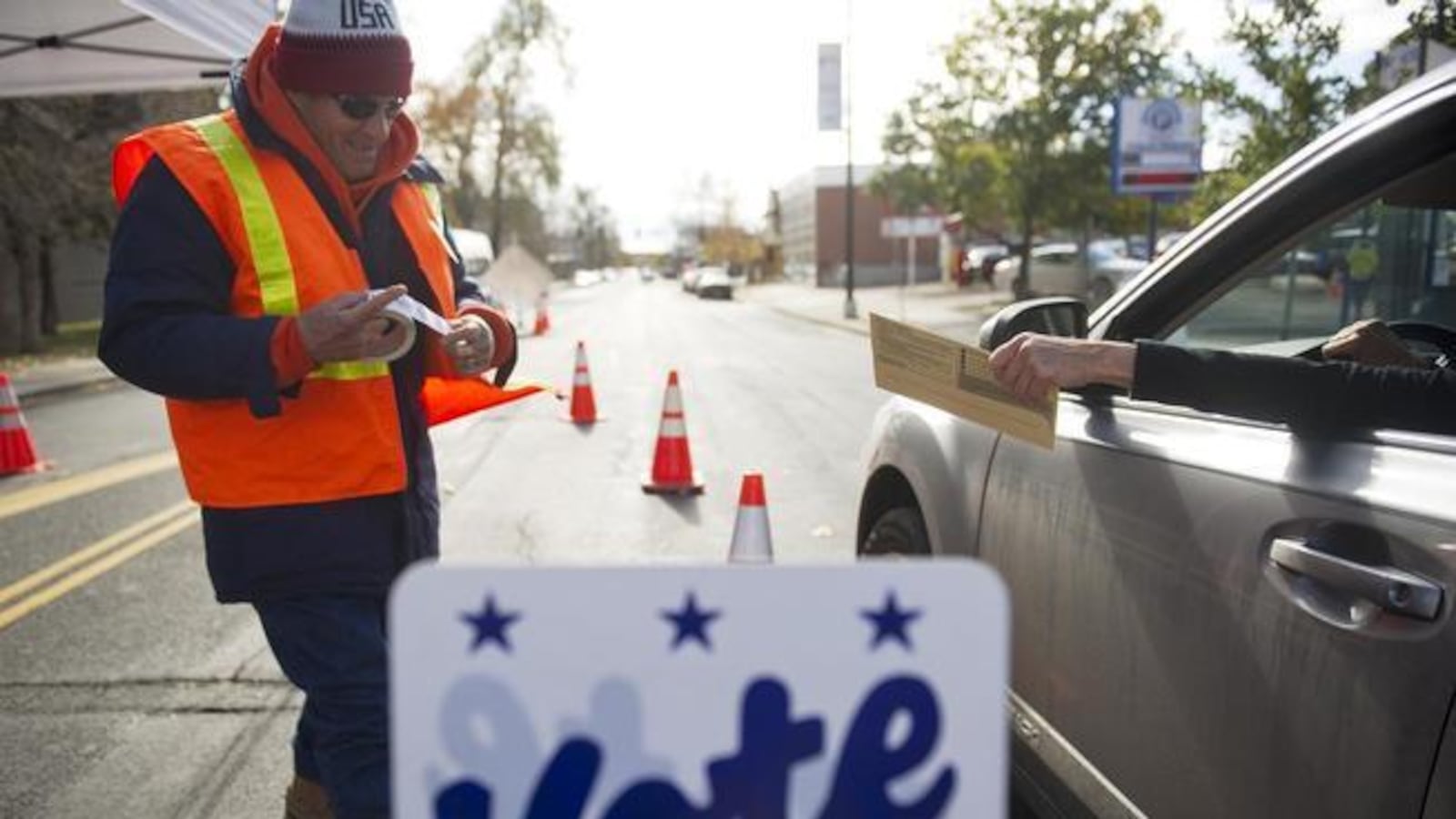A record number of school tax measures are on Colorado’s local ballots this year.
Some districts are requesting money to pay bond debt, some are requesting what are called mill levy overrides, and some are doing both. Although both kinds of measures can impact property taxes, they each have different purposes. Here’s how they work:
What does a school bond measure do?
A bond request on a ballot in Colorado is usually asking two things: can the district take on more debt, and can the district increase your property taxes to pay off that debt?
If approved, school districts will hire underwriters to sell bonds and to get the district a good rate on the interest payments they’ll be making. When districts sell bonds, they usually enter into 20- to 30-year deals to pay off the debt with interest. The debt can be refinanced during that time if a chance to lower interest rates comes up.
This year at least two Colorado school districts have a bond request on the ballot that won’t need to raise current taxes. Denver Public Schools and Adams 12 Five Star Schools are collecting more money from the same rate and both districts lowered their existing debt payments so aren’t asking voters to raise taxes to pay off the new debt they would take on.
Colorado Votes 2016 | For more coverage on issues and races this election click here.What is a mill levy override request?
The mill levy in a district sets the rate charged for property taxes. A portion of that rate is controlled by the state based on Colorado’s school funding formula. But districts that want to raise property taxes to collect more money than what the state set as their funding must ask voters for approval first.
The money generated from this tax stays in the community and goes directly to the school district. The amount that districts can raise this rate is restricted — based on a percent of their total funding.
Why do some districts want to ask me for both?
The money that is generated from selling bonds can only be used for construction, maintenance or infrastructure needs. If a school is looking for more money to increase teacher pay, buy new books or create a new arts program, they would have to use mill levy money that isn’t as restricted.
Some districts this year have cut back on their requests, choosing one or the other, in hopes that residents might be more likely to vote yes.
So if my district says they are at 20 mills, what does that mean?
That is the rate charged on assessed value to come up with the amount you owe from property taxes.
For one mill, $1 is charged per $1,000 of assessed value. In a district charging 20 mills, $20 would be charged per 1,000.
How different is the mill levy rate across the state?
“It’s dramatically different,” said Tracie Rainey, executive director of the Colorado School Finance Project, a nonprofit group researching and collecting data on how schools are funded.
Some communities are more successful than others at getting voters to approve the tax measures. Apart from how much districts gets to raise mills, this funding method also produces different results based on the property in each district and it’s value.
For example, Bob Webb, superintendent of Monte Vista School District, said his district has reached the limit on how high the district can raise its mill levy rate, but the mill levy overrides in his 1,100-student district only produce about $190,000 in extra money for the district per year.
Other districts generate millions. Calculating the amount generated per student, the differences can range from hundreds in some districts to thousands in others.

